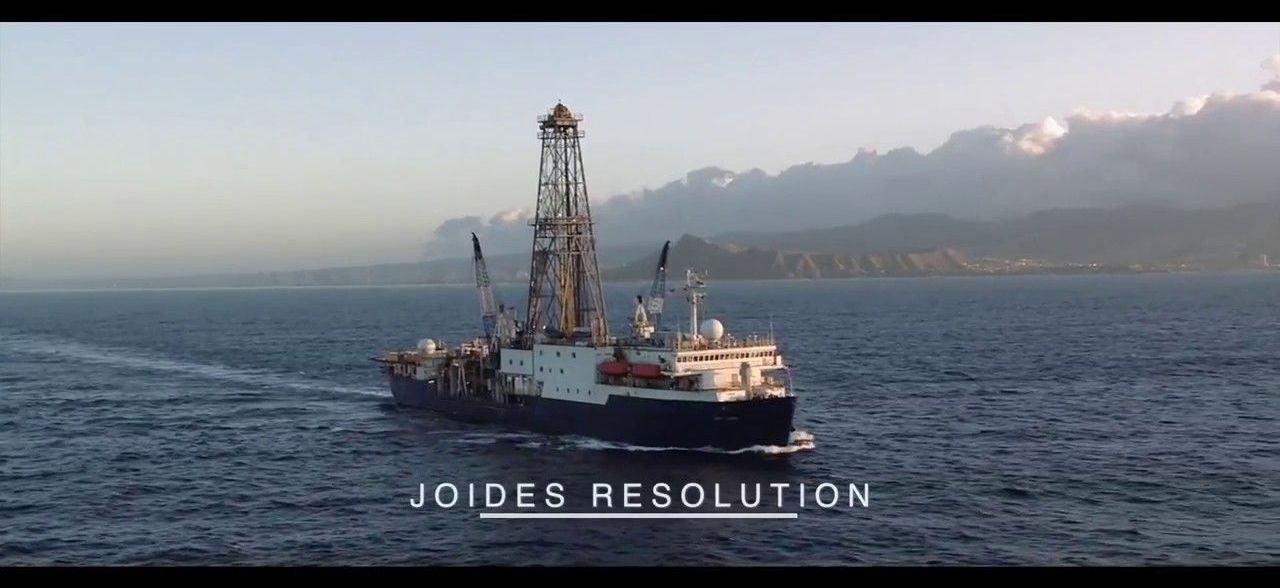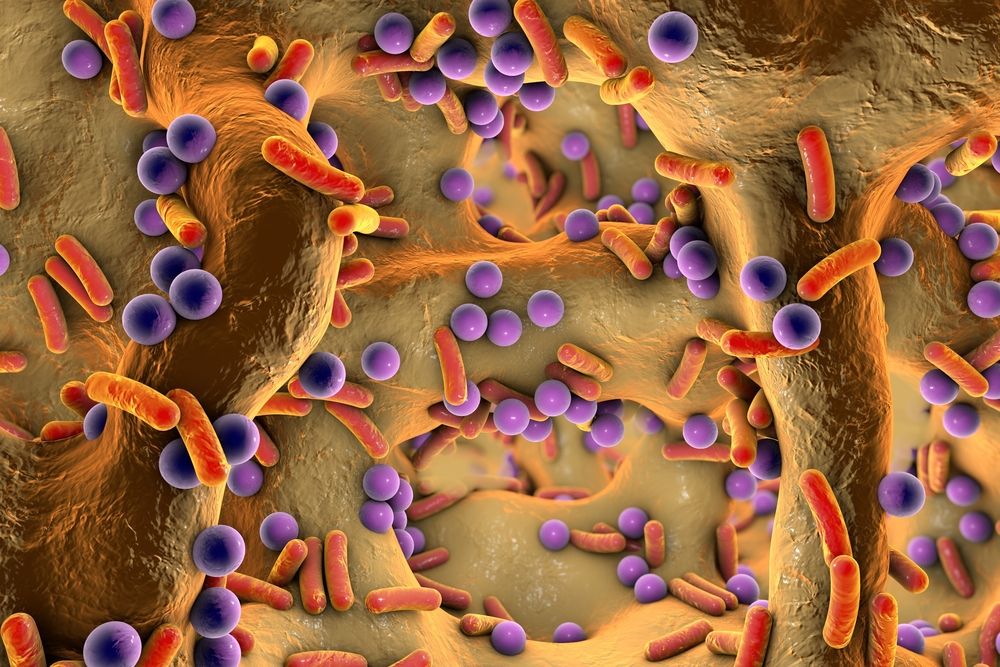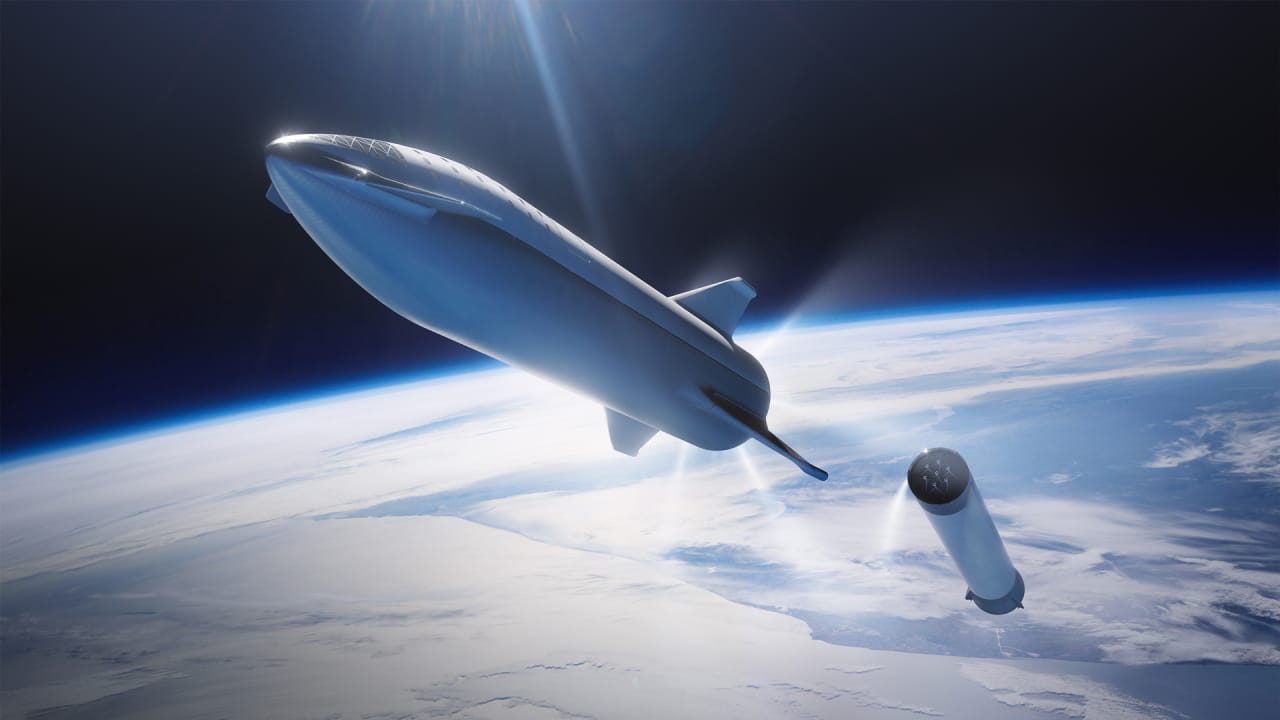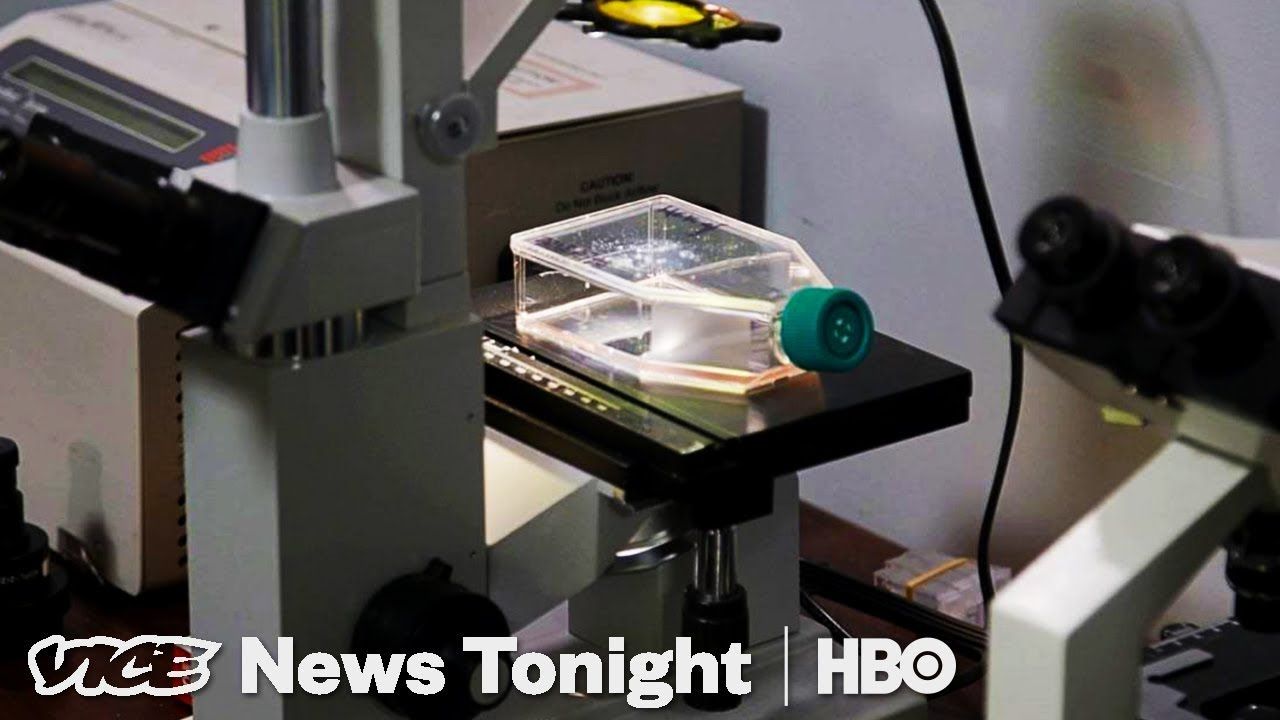Page 9242
Sep 26, 2018
Why trackless trams are ready to replace light rail
Posted by Bill Kemp in categories: government, robotics/AI, transportation
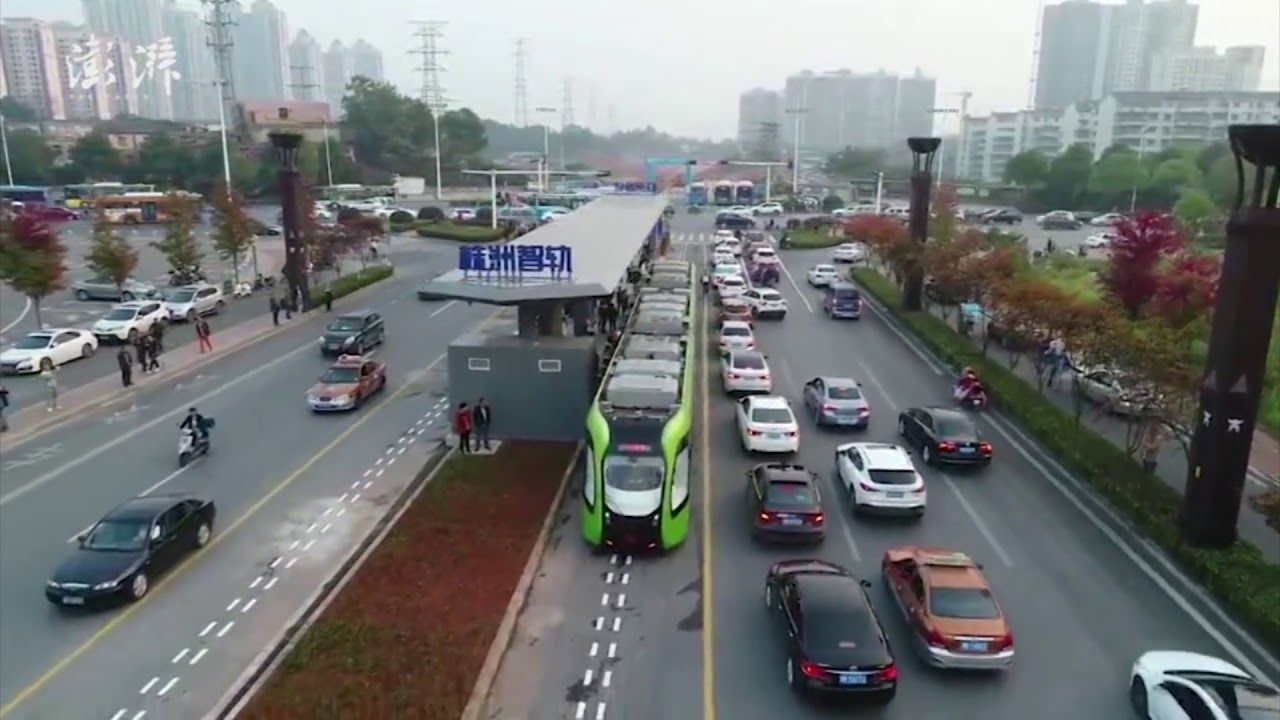
I began my life as an activist academic in 1979 when the Western Australian government closed the Fremantle railway, saying buses would be better. Patronage immediately fell by 30% and I ran a four-year campaign to save the railway. We won. I have been writing books and running campaigns ever since on why trains and trams are better than buses. But I have changed my mind. The technology has changed, and I think it will end the need for new light rail.
“Trackless trams” are based on technology created in Europe and China by taking innovations from high-speed rail and putting them in a bus.
Continue reading “Why trackless trams are ready to replace light rail” »
Sep 26, 2018
NLRP12 Protein Protects Mice Against Obesity
Posted by Steve Hill in categories: biotech/medical, habitats
A study from the UNC School of Medicine showed that the protein NLRP12, known for its anti-inflammatory effects, also protects mice on a high-fat diet against obesity and insulin resistance; it might have a similar effect in humans [1].
Study abstract
In addition to high-fat diet (HFD) and inactivity, inflammation and microbiota composition contribute to obesity. Inhibitory immune receptors, such as NLRP12, dampen inflammation and are important for resolving inflammation, but their role in obesity is unknown. We show that obesity in humans correlates with reduced expression of adipose tissue NLRP12. Similarly, Nlrp12/ mice show increased weight gain, adipose deposition, blood glucose, NF-kB/ MAPK activation, and M1-macrophage polarization. Additionally, NLRP12 is required to mitigate HFD-induced inflammasome activation. Co-housing with wild-type animals, antibiotic treatment, or germ-free condition was sufficient to restrain inflammation, obesity, and insulin tolerance in Nlrp12/ mice, implicating the microbiota. HFD-fed Nlrp12/ mice display dysbiosis marked by increased obesity-associated Erysipelotrichaceae, but reduced Lachnospiraceae family and the associated enzymes required for short-chain fatty acid (SCFA) synthesis.
Continue reading “NLRP12 Protein Protects Mice Against Obesity” »
Sep 26, 2018
Inside the epic debate on rethinking our 50-year-old Outer Space Treaty
Posted by Genevieve Klien in categories: geopolitics, space travel, treaties
This week, the UN begins a conference to start the long-overdue discussion on updating the 1967 Outer Space Treaty for a cosmos that has gotten a lot more complicated.
[Image: SpaceX]
Sep 26, 2018
Philippine inventor aims to cut travel times with passenger drone
Posted by Genevieve Klien in categories: drones, futurism
BATANGAS, Philippines (Reuters) — A Philippine inventor has unveiled what he calls a flying sports car that represents the future of transport, riding it out of a warehouse toward a cheering crowd, leaving a cloud of dust in his wake.
Sep 26, 2018
Hyper Suprime-Cam survey maps dark matter in the universe
Posted by Genevieve Klien in category: cosmology
Today, an international group of researchers, including Carnegie Mellon University’s Rachel Mandelbaum, released the deepest wide field map of the three-dimensional distribution of matter in the universe ever made and increased the precision of constraints for dark energy with the Hyper Suprime-Cam survey (HSC).
Sep 26, 2018
The dangers of biohacking ‘experiments’– and how it could harm your health
Posted by Genevieve Klien in categories: bioengineering, biotech/medical, health
Sep 26, 2018
Author Correction: In vitro inhibition of hepatic stellate cell activation by the autophagy-related lipid droplet protein ATG2A
Posted by Genevieve Klien in category: futurism
Sep 26, 2018
New research shows the world’s ice is doing something not seen before
Posted by Genevieve Klien in category: futurism
Sep 26, 2018
This Robotic Skin Makes Inanimate Objects Move
Posted by Genevieve Klien in categories: robotics/AI, wearables
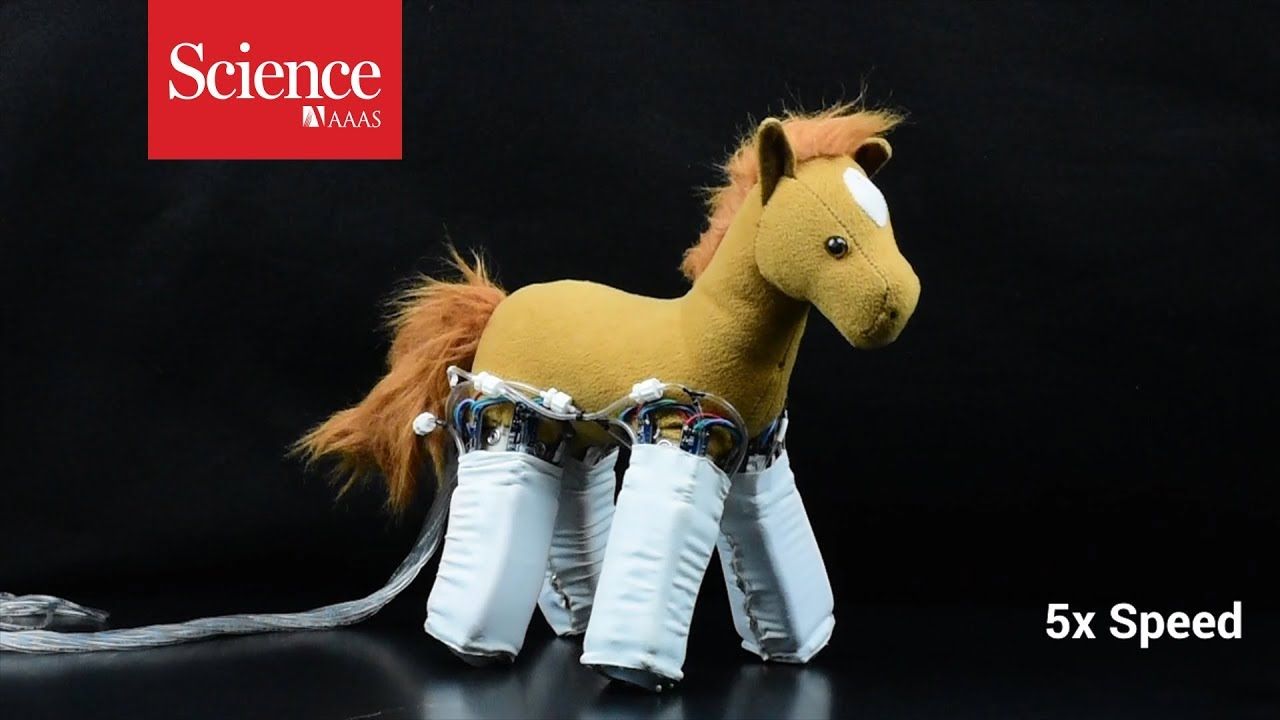
When designing a robot, key components are the robot’s sensors, which allow it to perceive its environment, and its actuators, the electrical or pneumatic motors that allow the robot to move and interact with its environment.
Consider your hand, which has temperature and pressure sensors, but also muscles as actuators. The omni-skins, as the Science Robotics paper dubs them, combine sensors and actuators, embedding them into an elastic sheet. The robotic skins are moved by pneumatic actuators or memory alloy that can bounce back into shape. If this is then wrapped around a soft, deformable object, moving the skin with the actuators can allow the object to crawl along a surface.
Continue reading “This Robotic Skin Makes Inanimate Objects Move” »
